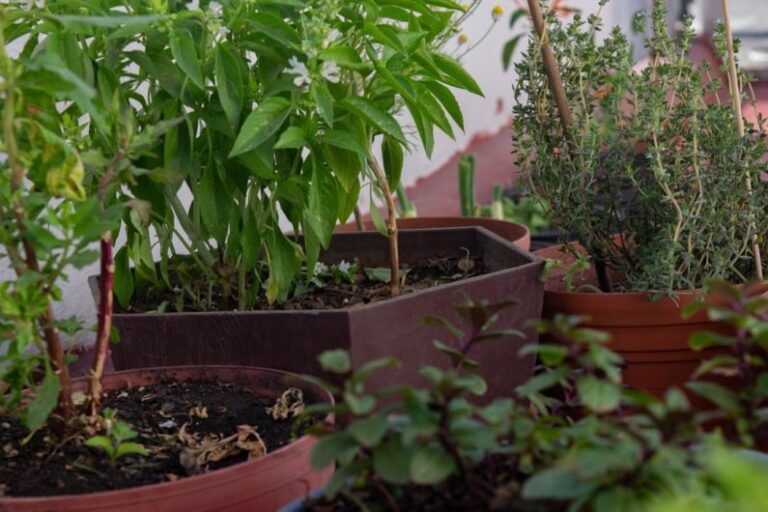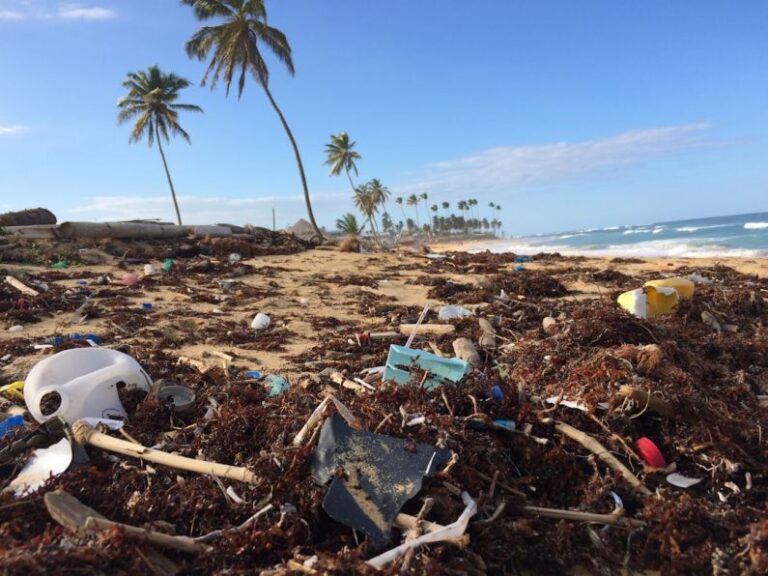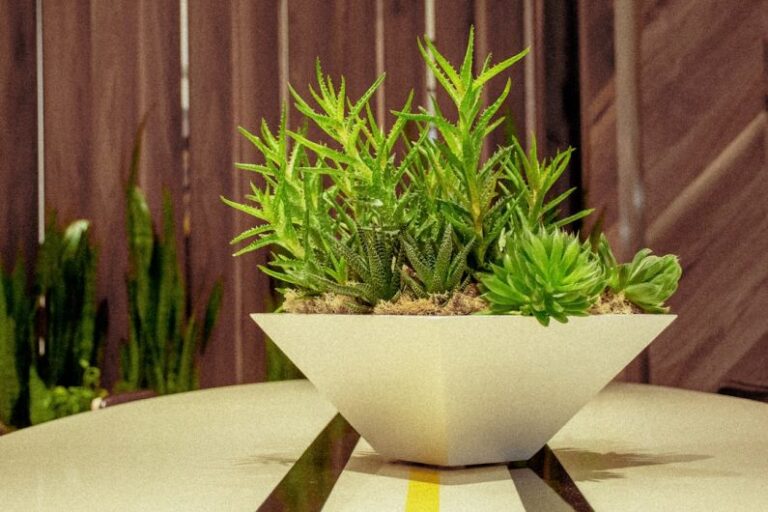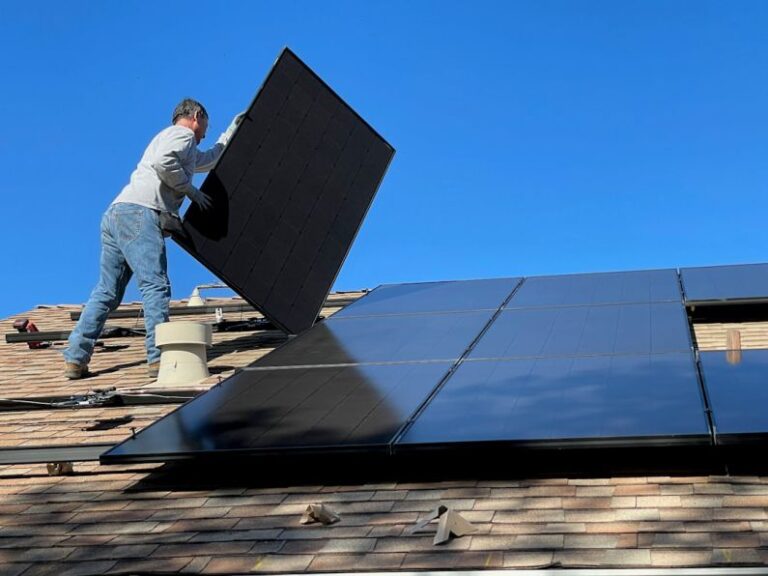Water-saving Techniques for an Eco-friendly Household
In today’s world, environmental conservation is becoming increasingly important. One of the simplest yet most impactful ways to contribute to a sustainable future is by conserving water in our daily lives. By implementing water-saving techniques in our households, we can reduce our water consumption, lower utility bills, and minimize our environmental footprint. Here are some practical and effective strategies for creating an eco-friendly household through water conservation.
Understanding Water Usage
Before diving into specific water-saving techniques, it’s essential to have a clear understanding of where and how water is being used in your home. By identifying areas of high water consumption, you can target those areas for improvement and make informed decisions about where to focus your conservation efforts. Common sources of water usage in households include toilets, showers, faucets, and washing machines. By recognizing these key areas, you can prioritize your efforts to maximize water savings.
Upgrading to Water-efficient Fixtures
One of the most straightforward ways to reduce water usage in your home is by upgrading to water-efficient fixtures. Installing low-flow toilets, faucets, and showerheads can significantly decrease water consumption without sacrificing performance. Low-flow fixtures are designed to maintain water pressure while using less water, making them a practical and cost-effective solution for water conservation. Additionally, consider investing in a water-efficient washing machine, which can save both water and energy with each load of laundry.
Implementing Smart Irrigation Practices
For households with a garden or outdoor landscaping, water conservation extends beyond indoor fixtures. Implementing smart irrigation practices can help minimize water waste while keeping your plants healthy and thriving. Consider installing a drip irrigation system or a programmable sprinkler system that adjusts water flow based on weather conditions and plant needs. By watering your garden during the early morning or late evening hours, you can reduce evaporation and ensure that water is efficiently absorbed by the soil.
Capturing Rainwater for Reuse
Another innovative way to conserve water in your household is by capturing rainwater for reuse. Installing a rain barrel or a rainwater harvesting system can collect rainwater from your roof and gutters, providing a sustainable source of water for outdoor use. Rainwater can be used for watering plants, washing cars, or even flushing toilets, reducing the demand on municipal water supplies. By harnessing nature’s free resource, you can lower your utility bills and reduce your environmental impact.
Fixing Leaks Promptly
Even minor leaks in your plumbing fixtures can add up to significant water waste over time. To prevent water loss and avoid costly repairs, it’s essential to promptly fix any leaks in your home. Check faucets, toilets, and pipes regularly for signs of leaks, such as dripping water or water stains. By addressing leaks as soon as they are detected, you can conserve water, save money on your water bill, and prevent potential water damage to your home.
Creating Water-conscious Habits
In addition to implementing water-saving technologies, cultivating water-conscious habits in your daily routine can further enhance your household’s eco-friendly practices. Simple actions such as turning off the tap while brushing your teeth, taking shorter showers, and running full loads in the dishwasher can all contribute to water conservation. Encourage your family members to be mindful of their water usage and to actively participate in creating a sustainable living environment.
Embracing a Sustainable Lifestyle
By incorporating water-saving techniques into your household, you are not only reducing your environmental impact but also setting an example for others to follow. Embracing a sustainable lifestyle that prioritizes resource conservation and eco-friendly practices can inspire positive change in your community and contribute to a healthier planet for future generations. Start small by implementing these water-saving techniques in your home, and watch as your efforts make a meaningful difference in the world around you.
In conclusion, adopting water-saving techniques in your household is a simple yet powerful way to promote environmental sustainability and create a more eco-friendly living space. By understanding your water usage, upgrading to water-efficient fixtures, implementing smart irrigation practices, capturing rainwater for reuse, fixing leaks promptly, and cultivating water-conscious habits, you can make a significant impact on water conservation. Through these actions, you are not only saving water and reducing utility costs but also contributing to a greener and more sustainable future for all.






